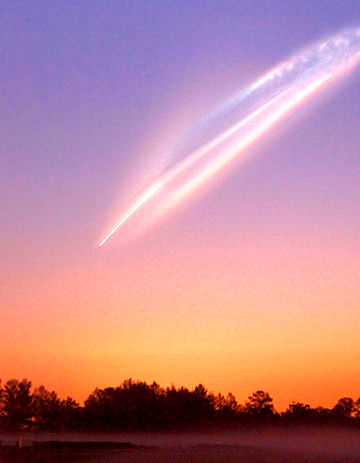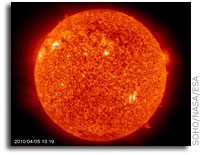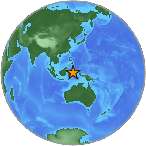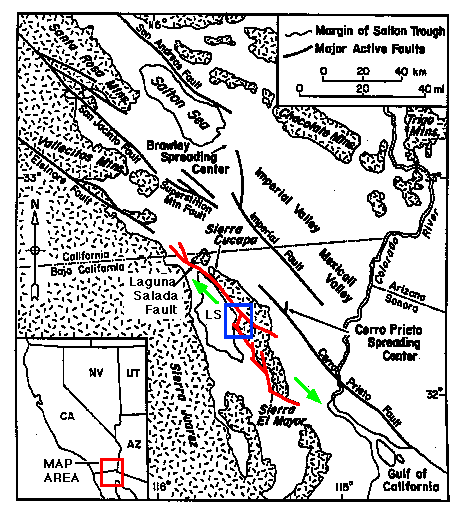
The show continued even after the shuttle was out of sight. Tiny ice crystals in Discovery's lingering exhaust caught the rays of the rising sun and formed an artificial noctilucent cloud of startling brightness. Even veteran observers were impressed. "It was the most incredible launch I have ever seen," says long-time shuttle watcher and part-time NASA medic Dr. Mark Staples of Shands Hospital. "Definitely, it was one of the most spectacular!" agreed Jim Burchfield of nearby St. Cloud, Florida. And Terry Allshouse of Leesburg, Florida, ranked it as "the best of the ten I have witnessed." More images of the launch from photographers:







Comment: Remember this?
The meteor that turned night into day in Utah, Idaho and Nevada last November left a "noctilucent", or night-shining trail suspended in the space-dust laden sky, which high altitude winds later twisted into this spaghetti formation: